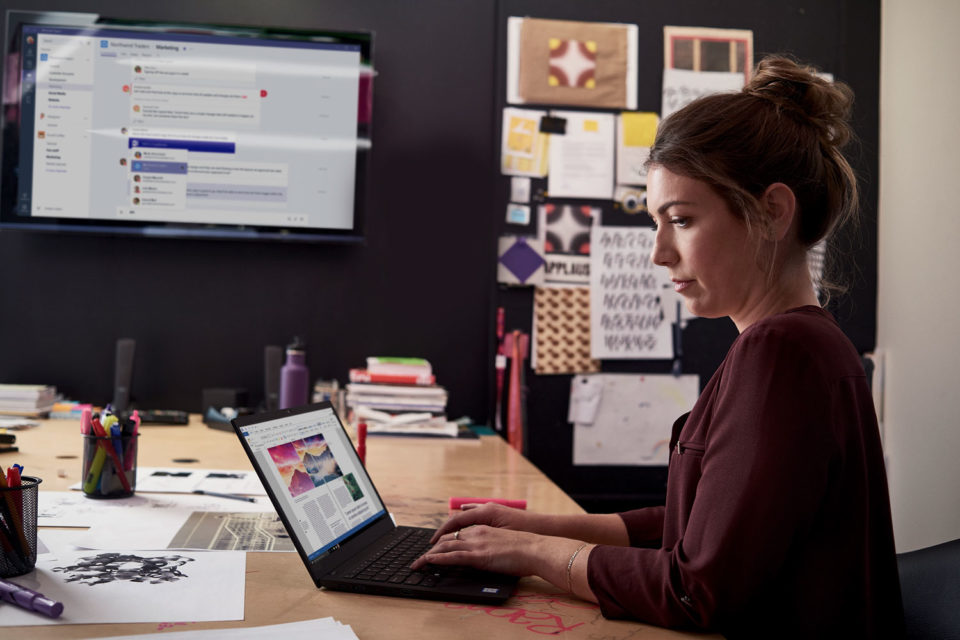Now that we’re all working from home more often, it’s more important than ever to be aware of you and your team’s different work styles, so that you are equipped with the right tools to maintain your productivity and creativity. With these tips, working from home can be just as productive and rewarding as being in the office for you and your colleagues.
Understand work styles
Employees like to work in a vast range of different ways, and they need the right tools to enable them to be at their best. Understanding differences in work styles, personality types, skill sets and generations is vital to getting the best out of people. Some do better in groups, while others thrive in isolation – some may prefer traditional forms of communication such as email, while others can unlock new ideas with the help of more fluid collaborative tools.
Use universal tools
It’s important to ensure members of the team don’t get cut off by technology. For those who are used to traditional ways of working, it’s important that any new technologies are easy to access, otherwise some people risk falling out of sync with the rest of the organisation. A universal toolkit – such as Microsoft Teams – that combines instant messaging, phone, email and calendar tools can allow you to communicate in the way that works best for you.
Enable flexible working…
Some may want the ability to work more flexibly – logging in after hours to check emails or jot down notes about something they’ve seen on social media, for instance. A Bentley University study found that 89 percent of millennials regularly check their email from home outside of work hours, and that 77 percent of them think flexible work hours would make them more productive. For those individuals, Microsoft Teams can enable access to important files remotely and let them communicate and collaborate as if they were in the office. When combined with SharePoint Online, it can also be used to grant access to key documents and folders to those outside the organisation.
…But maintain boundaries
It’s important to maintain personal boundaries. You should set up a dedicated workspace at home as a signal to others that you live with that you’re in “work mode”. It could be as simple as a space on the kitchen table – and on Microsoft Teams you can use background blur for videos if things get messy behind you.
Grab some downtime
Working from home requires flexibility from colleagues too, particularly when balancing work with childcare if schools are closed. It’s important for everyone to grab some downtime as they would at the office. Without the distraction of grabbing a coffee or informal chats with colleagues, it can be easy to feel tied to your desk. Build in time for meals, and to mentally “clock out” at the end of the day. Let your teammates know your available hours, so the working day doesn’t drift into family time – setting a status message in Microsoft Teams is one easy way of doing this.





